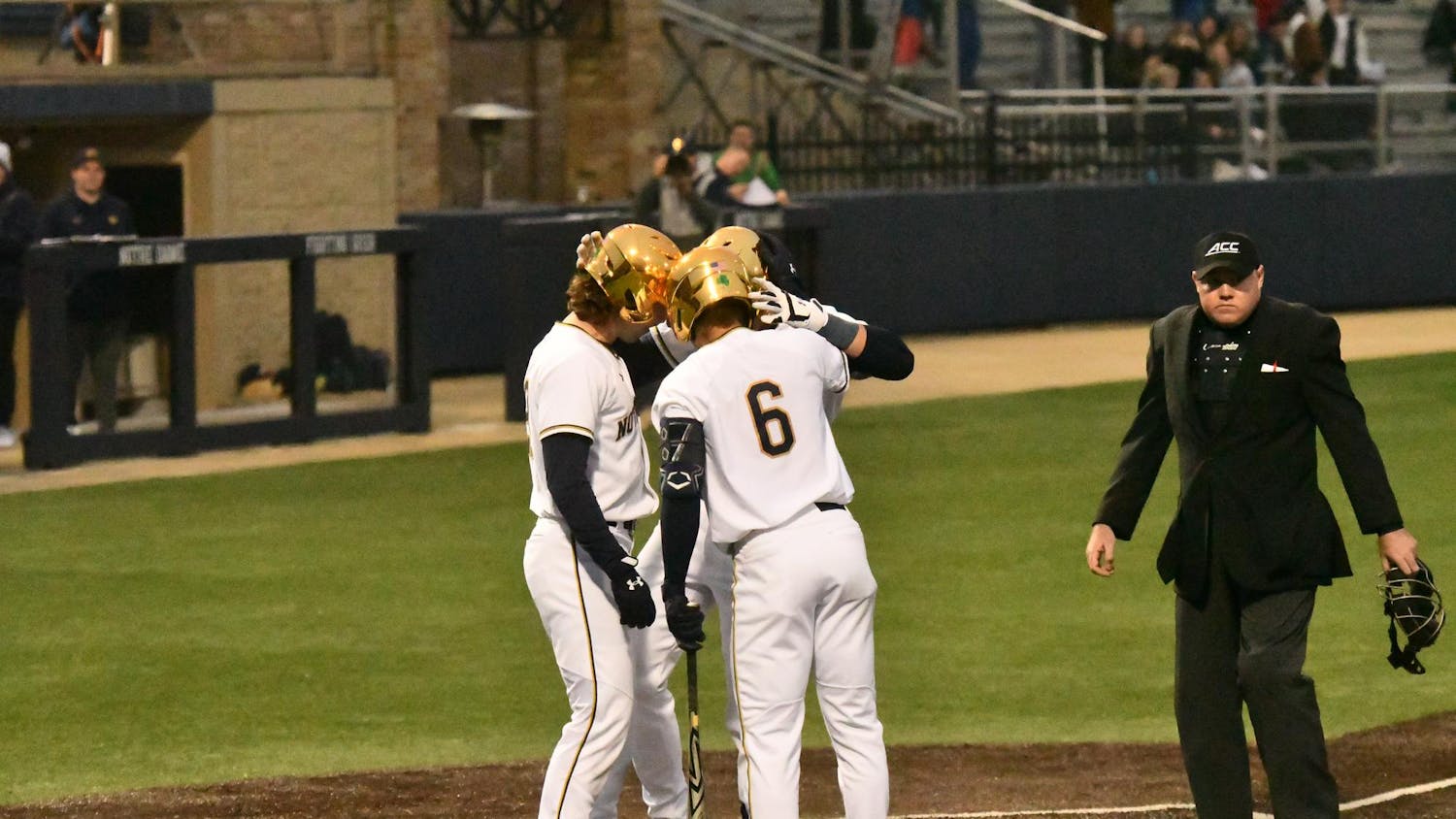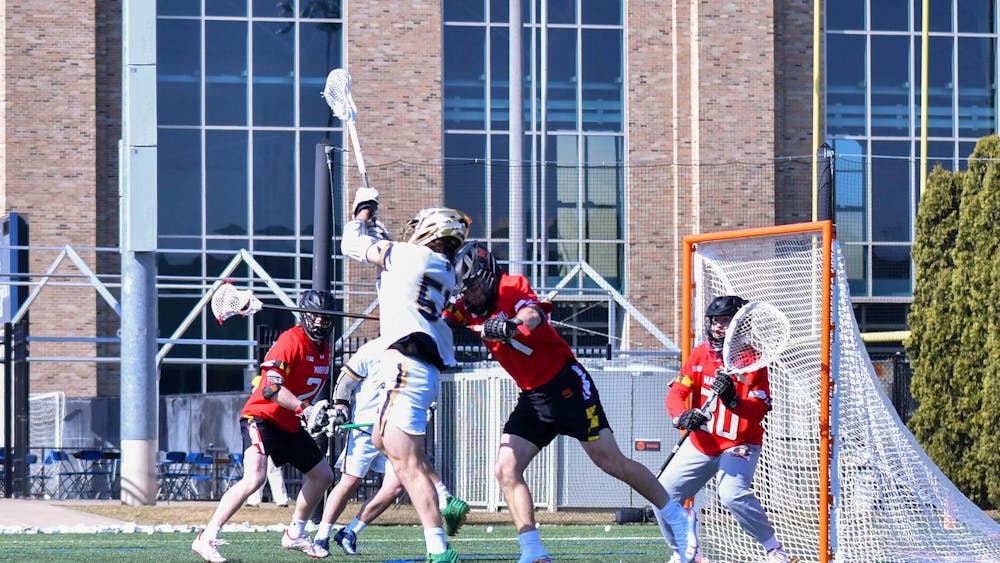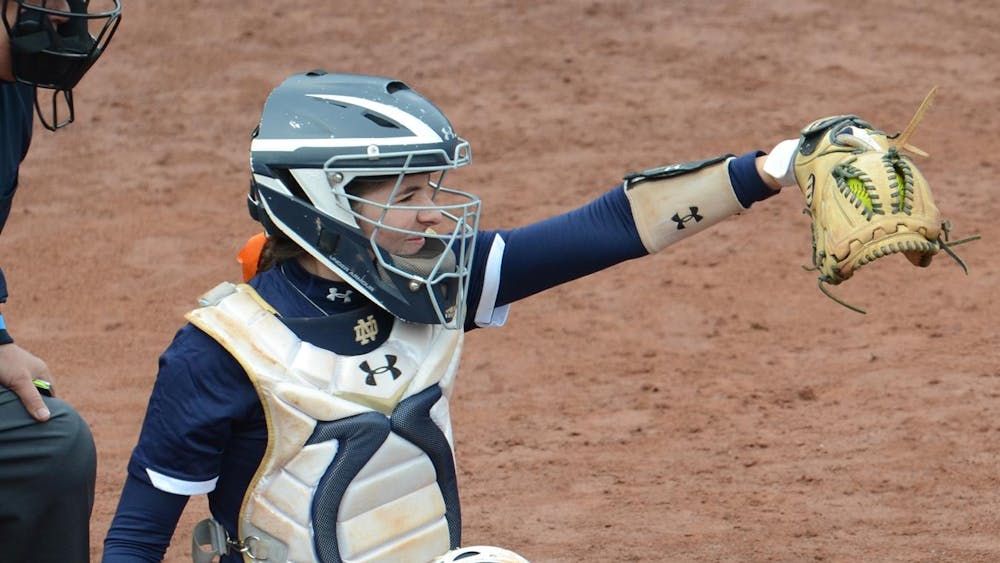With the enforcement of the MLB, lockout comes haunting questions about the future of the game. Of course, concerns over the resumption of baseball activity this season are legitimate, but the proposals of the lockout hold much greater bearing on how baseball will modernize itself. For the first time in nearly 30 years, the MLBPA-owner dynamic holds the fate of baseball in the balance.
Here, the operational strategy of small-market teams takes center stage. Struggling small market organizations drowning in the collective swim for financial leverage in a saturated pool of free agents or trade candidates at the deadline will release top assets on a whim if front office algorithms prove that their season is in jeopardy. So-called “tanking” and “trusting the process” create an ever-increasing chasm between playoff contenders and their divisional opponents. No matter the sport, this phenomenon comes into play far more often in small-market franchises.
Given the scheduling structure of Major League Baseball, the level of ease and lack of retribution involved in tanking causes a cascade effect between contenders and their divisional punching bags. Top teams face the two worst rosters in their division 38 times in a season. The former “hot stove” of the trade deadline is growing drier, often attributable to the small number of heavy-hitting buyers stimulating the market. Made evident by the unusually huge stir of excitement surrounding the latest insurgence of pre-lockout trades, free-agent signings and contract extensions, fans crave a change.
In most cases, offering incentives is more attractive than enforcing punishments. In the recent discussions between MLB players and team owners, this reality becomes painfully clear: Both parties love the idea of expanded playoffs and a universal designated hitter, but imposing restrictions on revenue-sharing for “tanking” teams feels difficult to evaluate and counterproductive for spending on players.
The primary focus of the MLB lockout should be these added incentives. First, they need incentives for more teams to feel that they have a dog in the fight when the trade deadline approaches. Then, incentives for more teams to fill the designated hitter position with electrifying talent at the plate. Thirdly, incentives for teams to protect their current assets instead of investing in future ones. Lastly, there need to be incentives for players to stay loyal to small-market teams that struggle in the short run due to the expanded opportunities of a championship in the long run.
Based on World Series wins, the era of true baseball “dynasties” is assuredly over. Far more than its popular professional sports counterparts, the ebb and flow of MLB franchise successes are wildly turbulent. With no back-to-back World Series champion in 20 years and 17 teams earning World Series bids in the last 14 years, large-market teams still hold an advantage, but the landscape is far from irreparably lopsided.
The MLB Players Association seeks a major overhaul of baseball's free agency, service time, and arbitration structure. The motivation to loosen the restrictions on a player's service time requirements at the Major League level lies, at least in part, in the rise of young players in years past. The game is certainly younger than ever.
But simply stripping team owners of the ability to limit the compensation of young players should not be the main point of contention in the lockout. A “perfect” pay structure in a league with low annual revenue would make the differences between player salaries pretty negligible. Equipping a men’s softball league with a contract-only pay structure would be trivial.
The most important point of discussion during this lockout needs to be protecting the profitability and popularity of the game. A general effort to boost the attractiveness of baseball — meaning expanded playoffs and a universal DH — will continue to grant owners the revenue to invest and reinvest in their players. This will be especially true for small market owners. The gradual decline in viewership and fan engagement throughout the game might keep specific compensation rules relevant for now. But that reality could easily take a different shape if the profitability of the league dries up.
When in doubt, keep things simple.













